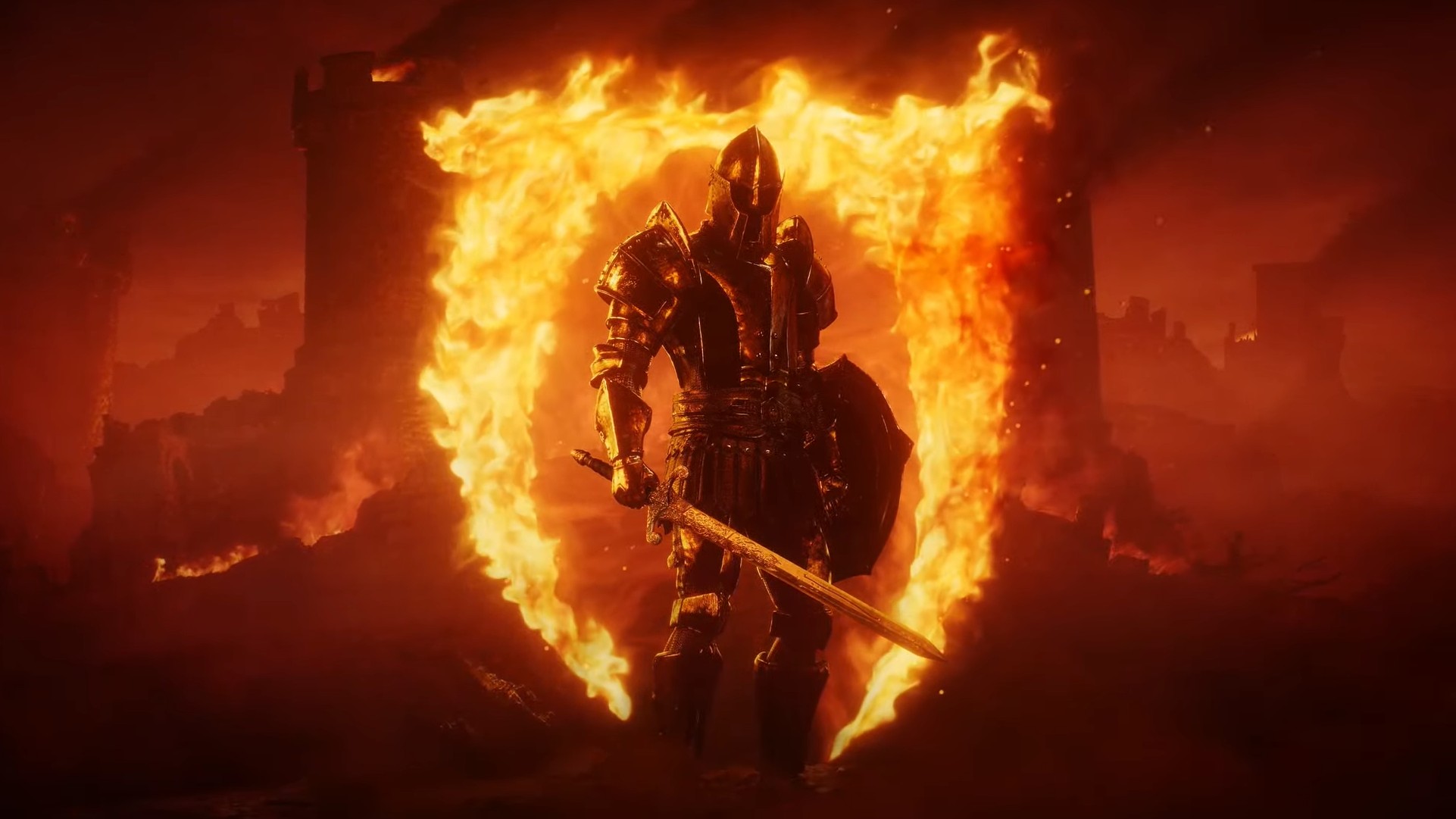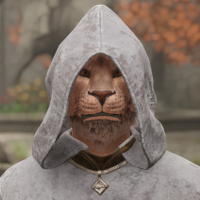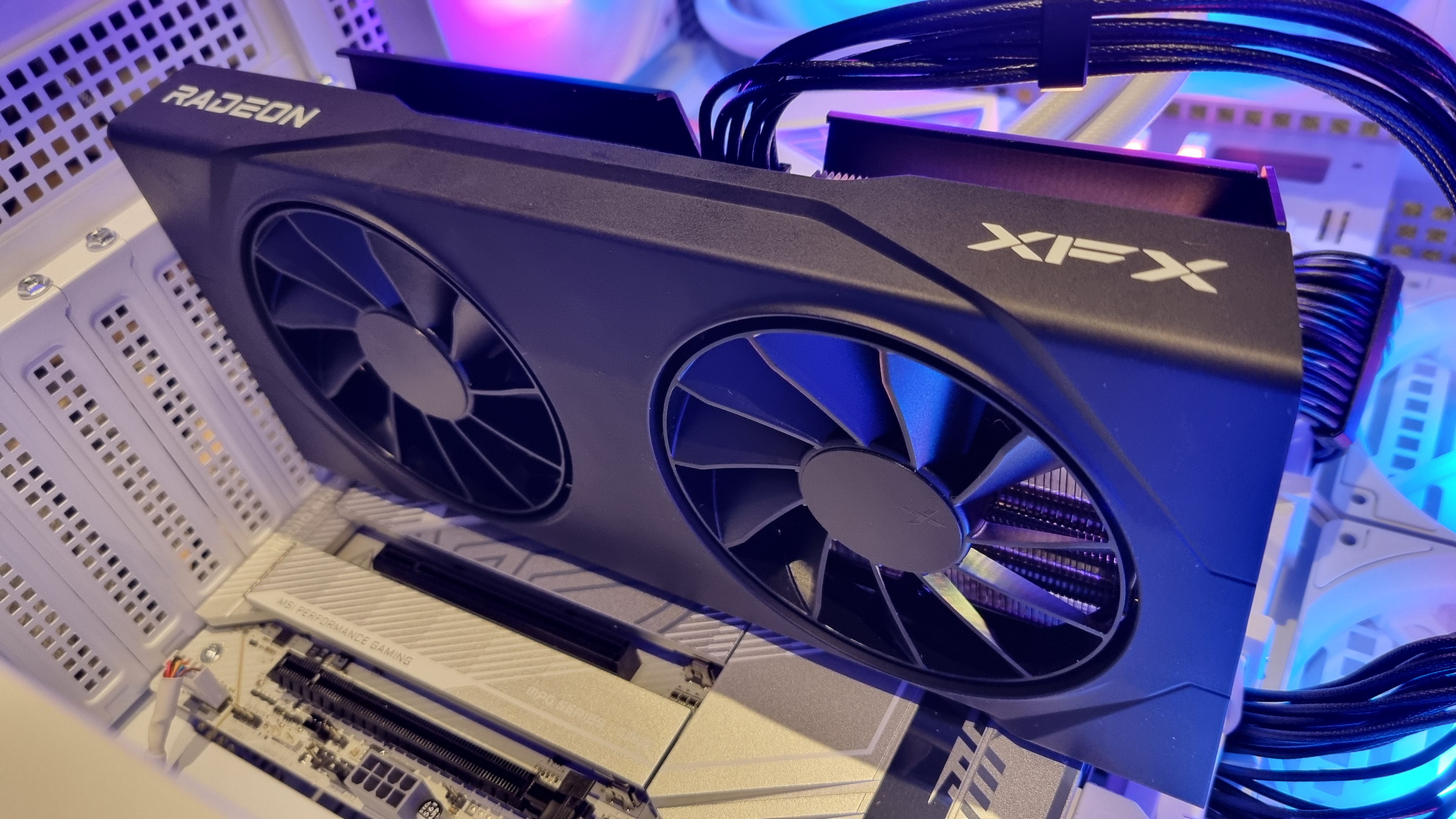
Oblivion's radiant AI system is mainly remembered for its impeccable, if entirely unintentional, comedic timing, producing non-sequiturs and bizarre NPC interactions all over Cyrodiil. Players are currently discovering this all over again in Bethesda's immensely popular remaster. But one of the system's lesser-known effects is how it also influenced goblin behaviour.
Far from being mindless greenskins, Oblivion's goblins exist in their own tribal ecosystem. The game's seven goblin tribes all carry and cherish their own sacred goblin totem staff, and if that staff is stolen, they'll send out a war party to retrieve it.
This can potentially cause chaos in settlements the warband passes, but the real fireworks begin if the stolen totem is placed in another goblin tribe's lair. In this instance, the two tribes will engage in full blown goblin war, with the staff-less side throwing endless hordes of gobbos at the perceived thieves.
It's a weird, specific quirk of Oblivion's AI system. And it turns out the reason it's so specific, as reported by Eurogamer, is that it was originally designed for just one side quest.
The system was created by Bethesda's Kurt Kuhlman, who recently worked on Starfield as its lead systems designer. The goblin wars mechanic originated via the side-quest Goblin Trouble, which was about two Goblin tribes warring with a village caught in the middle.
Speaking to Eurogamer, Kuhlman revealed how this quest-specific idea became a game-wide system: "Since I was having to set up a scripted system to get the goblins from one dungeon to periodically attack goblins in another, I figured it wouldn't be a lot more work to make this systemic, so that it would work with any goblin tribe if the player stole their totem," he explained. "I'm not sure if the part about 'not a lot more work' was actually true, but it certainly allowed for fun emergent gameplay."
Kuhlman also revealed that part of the reason why the goblin wars system is so distinctive is that it relies upon elements of radiant AI's toolset that aren't deployed much elsewhere in Oblivion. "[It] also took advantage of some of the rarely used but powerful AI features such as 'Find', which was how the goblins would head for the totem wherever it happened to be," he said.
The biggest gaming news, reviews and hardware deals
Keep up to date with the most important stories and the best deals, as picked by the PC Gamer team.
It also seems like the goblin wars came to Oblivion fairly late. "I would have loved to do more of that kind of thing but we didn't have any extra time—in fact the opposite," Kuhlman pointed out. "And also the tools for doing that kind of thing in Oblivion were very primitive."
And in case you're wondering, yes, the goblin wars still feature in Oblivion Remastered. The game's fancy new engine is built atop the original game logic, so all its weird behaviours are still intact. The system is also as unpredictable and easily broken as it was in 2006, but this can apparently be fixed with the original game's goblin wars mod.
Oblivion remastered changes: What's new and what's not?
Oblivion console commands: Cheats new and old
Oblivion lockpicks: Where and how to use them
Oblivion vampirism cure: Rid yourself of the affliction
Oblivion thieves guild: How to join the crew
Rick has been fascinated by PC gaming since he was seven years old, when he used to sneak into his dad's home office for covert sessions of Doom. He grew up on a diet of similarly unsuitable games, with favourites including Quake, Thief, Half-Life and Deus Ex. Between 2013 and 2022, Rick was games editor of Custom PC magazine and associated website bit-tech.net. But he's always kept one foot in freelance games journalism, writing for publications like Edge, Eurogamer, the Guardian and, naturally, PC Gamer. While he'll play anything that can be controlled with a keyboard and mouse, he has a particular passion for first-person shooters and immersive sims.
You must confirm your public display name before commenting
Please logout and then login again, you will then be prompted to enter your display name.



